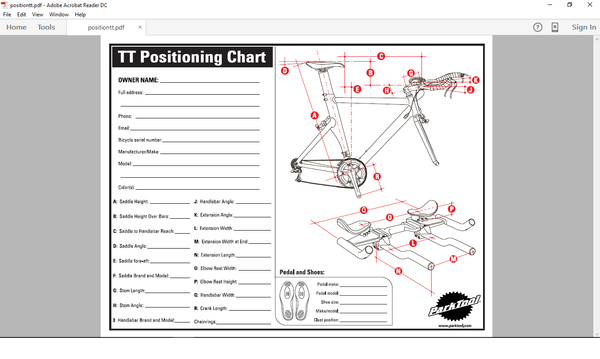Last week we headed back to Houston. It was a 2-fer. 1-fer was for another MD Anderson appointment. The 2-fer was that I met with one of my athletes down there. We wanted to look at the fit on her bike. More precisely, she had 2 bikes, one that she could ride all day and her 'race' bike which was uncomfortable after 90 minutes or so.
I thought that a follow-up post on bikes and fit and such was in order. This isn't a post to tell you how to fit your bikes nor is it a post to tell you what 'system' is best. In the coaching world, it is common to have athletes in different cities and states. It is common for athletes in the same city to go to a different shop or bike fitter. When possible, I like to look at the fit of my athletes in person.
My advice to you is to seek out the nearest qualified fitter. Ask around to see who is recommended. A 'computerized' fit is typically only as good as the fitter behind the computer...
This particular athlete has 3 bikes: one that stays on the trainer, one that was raced last season, and one that was raced previously but will be used in 2016. All three bikes were tri/TT bikes. As someone who has ridden multiple bikes in the past, I am leery when an athlete of mine has more than one bike. Leery because, more often that not, I find one or more of the following occurs:
- different saddles on the bikes
- different shoes and/or pedals for different bikes
- completely different measurements on the same style of bike
- no idea of how the two bikes compare (most often)
Let's keep this simple. Take care of the bigger possible issues first. If you have multiple TT/Tri bikes:
- Put the same saddle and pedals on both bikes
- Use the same pair of shoes on both bikes and during training and racing. If you use different shoes, ensure that the cleat adjustment is as close as possible between the two pair of shoes
- The saddle height, saddle setback, saddle to armpad drop, and the saddle to shifter (or armpad) reach should all be the same on both Tri bikes.
- When measuring the saddle height, ensure that the same point on the saddle is used as a point of reference (saddle mid-line for instance or 7cm back from the tip).
- When measuring the saddle height, make sure that different crank lengths are taken into account (if they are different).
The switching of bikes typically occurs when a race bike is loaded for transport. This is at least 1, sometimes as many as 2 weeks before race day. The most difficult part of racing is getting to the starting line healthy, so make sure your back up bike is as close to your race bike as possible. Reduce the chance of an injury popping up because of bike measurements. If you ride 2 TT bikes...do what it takes and spend the money to make the measurements the same.
In the past, I have ridden a tri and road bike during the season. I would ride the road bike during the 'off season' and on easier rides during race season. For my bike fits between these two bikes I kept the same pedals and shoes. My saddle setback on the road bike was slightly further behind the bottom bracket, and the saddle height was slightly lower. Those are good starting points IF you must ride 2 bikes. If you know that you are going to ship a bike to race, take the steps to make sure both bikes fit you close to the same BEFORE you load up your 'race bike'.

